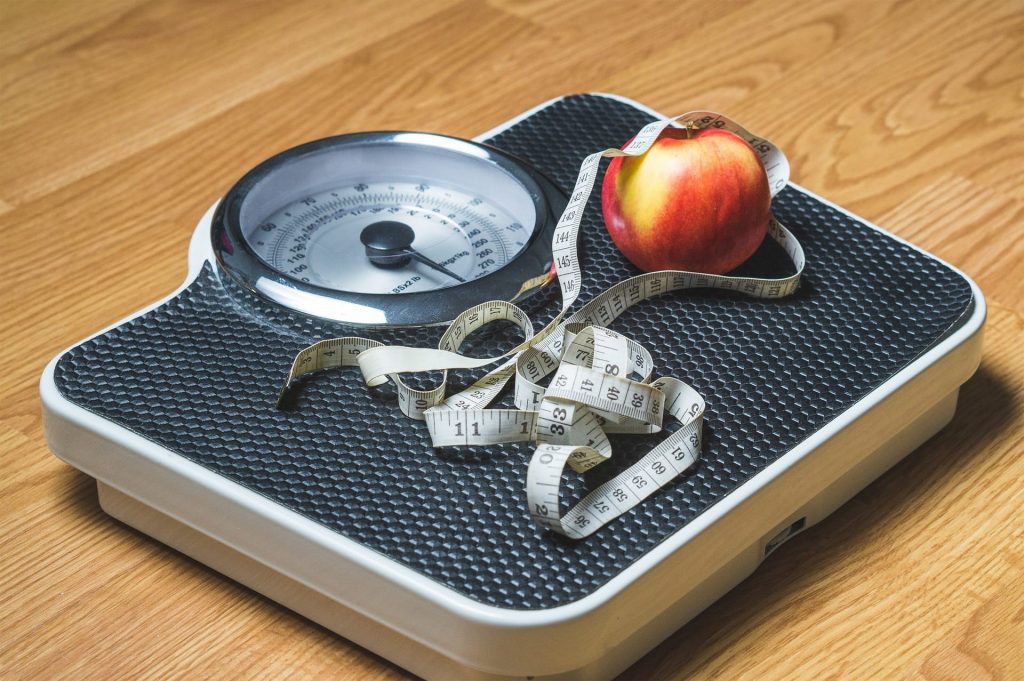
Did you know telemedicine is the latest tool being used to combat obesity? In the United States alone, more than one third of adults and 17 percent of children are clinically obese. And the obesity crisis is getting worse; in 1999, 30.5 percent of adults and 13.9 percent of children were clinically obese, but today those numbers have risen to over 33 percent of adults and 17 percent of children.
With 78 million adults and 12 million children suffering the effects of obesity, doctors are turning to weight loss telemedicine as a potential solution to stop the rising tide of related ailments like type 2 diabetes, heart disease, joint pain, osteoarthritis and chronic back pain.
The High Cost of Obesity
Research shows that obesity-related medical costs are rising along with the number of people affected by obesity. Healthcare spending on obesity increased by 29 percent between 2001 and 2015. That number is expected to rise as more people are diagnosed with related diseases.
While hospitals and insurance companies want to reduce costs across the board, many obese patients are also looking for easily accessible healthcare treatment that saves them money. It’s no surprise that many are interested in personalized medical care apps offering weight loss software.
Telemedicine for Weight Loss Studies Show Positive Results
In a study using telemedicine for weight loss, participants underwent a 12 week study where they used the app MyFitnessPal to track their food intake and exercise and wireless weight loss monitoring devices. Participants were also provided with weekly educational materials. Some participants were given weekly on-on-one coaching telemedicine sessions with a registered dietitian.
According to the study, participants who were given weekly telehealth for weight loss sessions lost an average of 16 pounds. The control group only lost 3 pounds on average. Those who received telemedicine sessions also lost almost 20 percent of their body fat, while the control group only lost about 3 percent.
